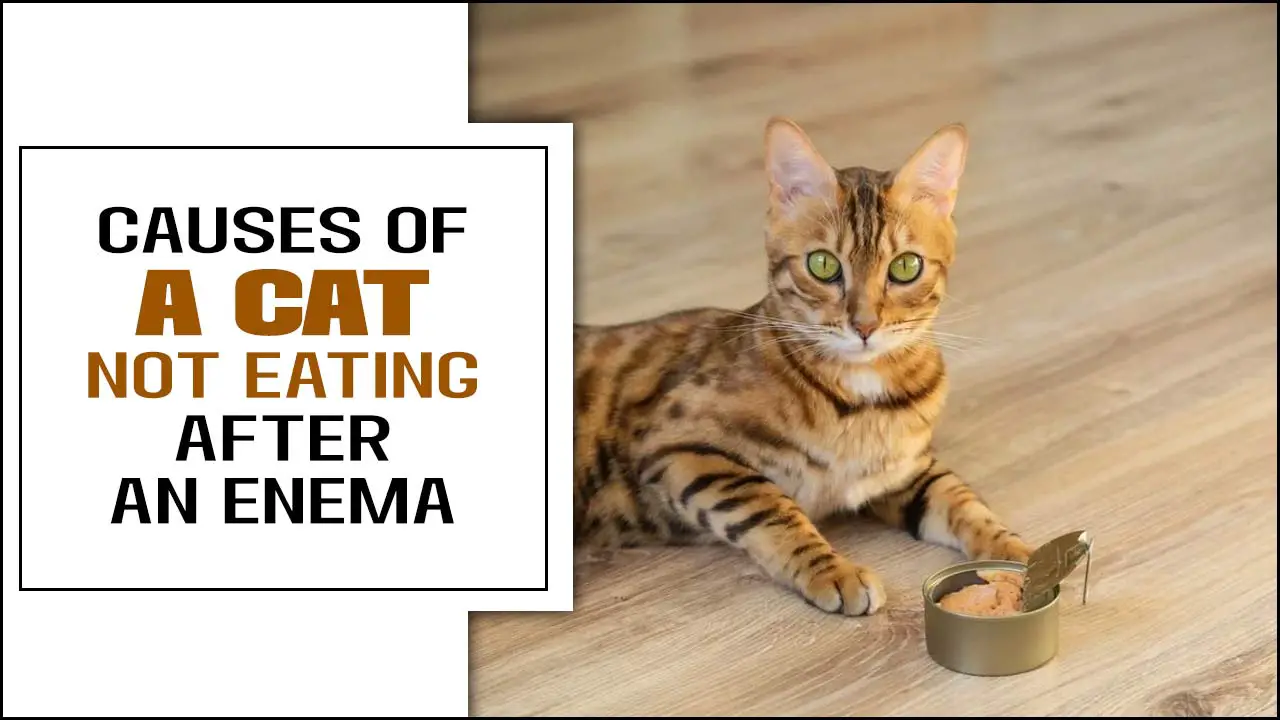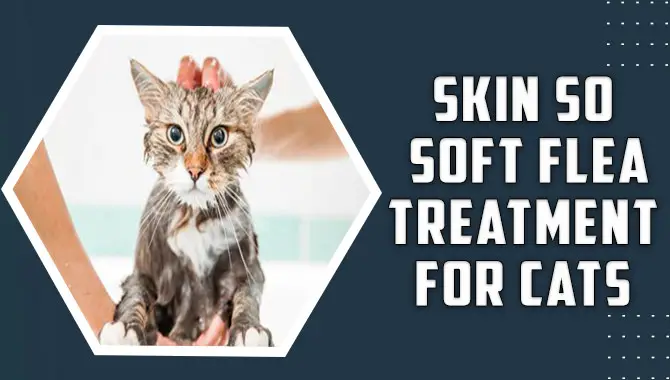As cat owners, we all want to provide our feline friends with the best care and attention. However, facing a rare condition like a syndactyly cat can be overwhelming and confusing.
Syndactyly, also known as “mitten paw,” is a genetic condition that causes the fusion of two or more toes. This unique condition can make it challenging for cats to walk, climb, and groom themselves. As a responsible cat owner, educating yourself about this condition and understanding how best to support your cat is essential.
This comprehensive guide will discuss everything you need about syndactyly cats, including its causes, symptoms, treatment options, and how to best care for your furry friend. We will also explore the emotional impact of having a cat with this condition and how you can best support your pet and yourself.
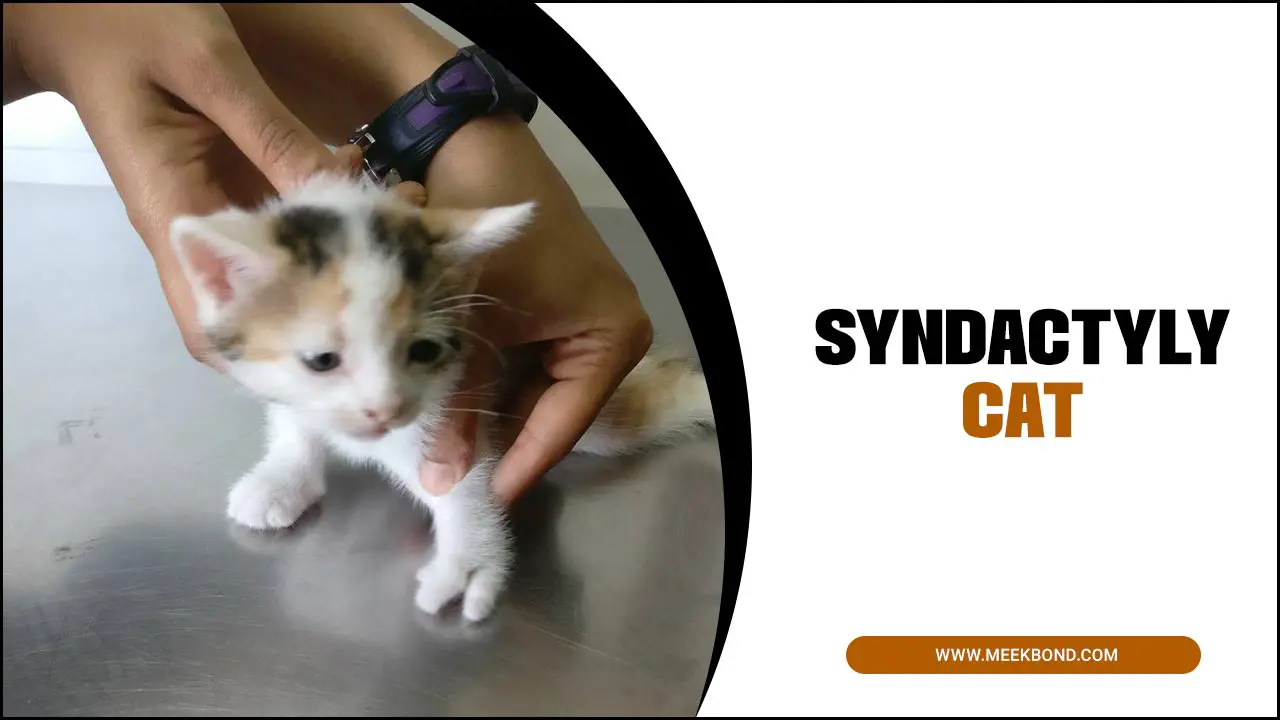
What Is Syndactyly
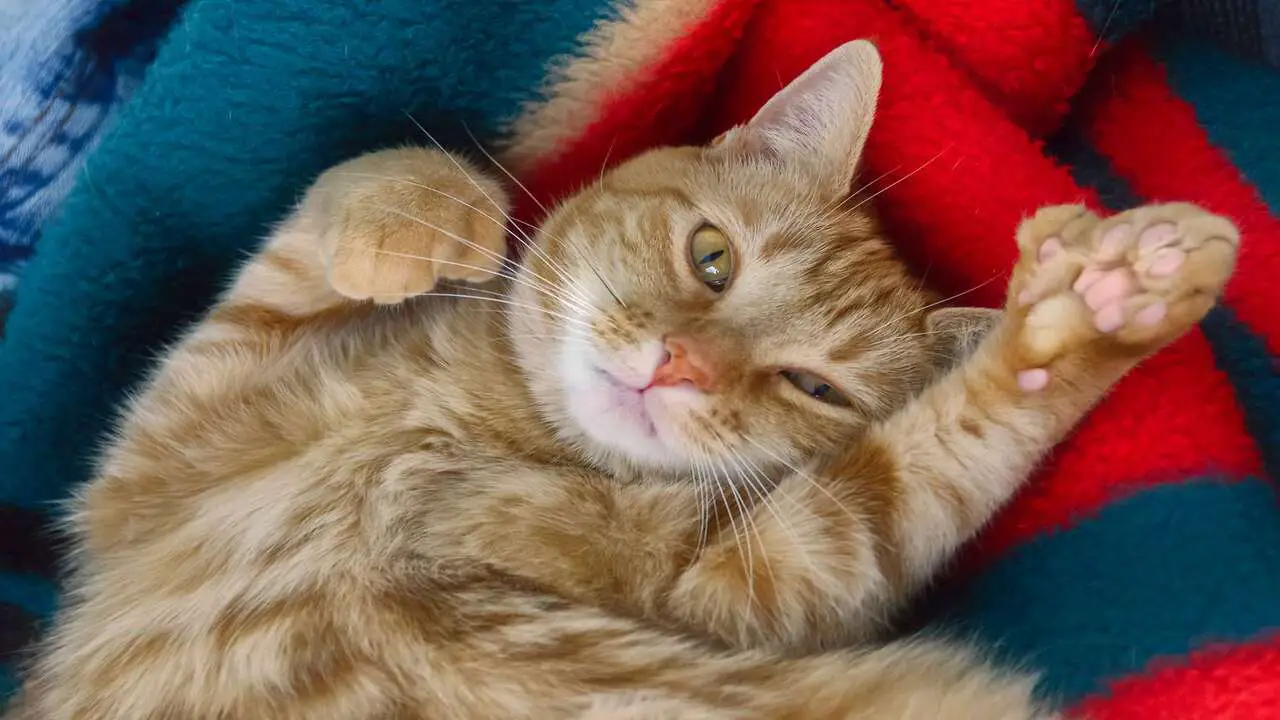
Syndactyly is a condition where a cat is born with fused or webbed toes. This genetic condition can pass down from parents to their offspring. Syndactyly can affect any cat’s paws, but it is more common to see it in the front paws. The severity of the condition can vary, ranging from a minor fusion of the toes to a complete webbing of the paw. However, syndactyly does not usually cause any major health problems for the cat.
It can sometimes make it difficult for them to walk or climb. In some cases, surgery may be necessary to separate the fused toes. However, this is not always necessary, and most cats with syndactyly can live normal and healthy lives. It is important to note that not all cats with webbed toes have syndactyly, as some breeds have naturally occurring webbed toes. It is always best to consult a veterinarian if you suspect your cat may have synd.
Syndactyly Cats: How This Rare Condition Affects Your Feline Friend
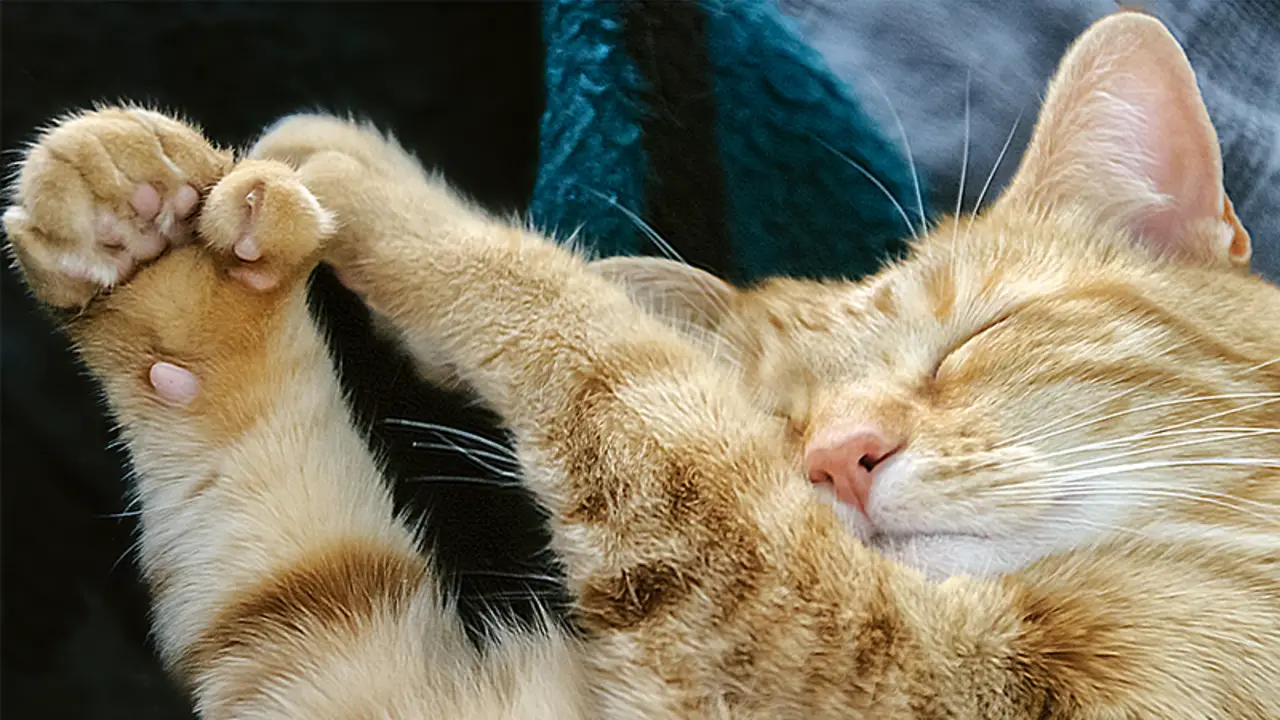
Syndactyly cat is a rare condition in cats that affects their paws. Two or more toes are fused together in a congenital anomaly. Various breeds of cats can develop this condition that can affect both front and back paws.
Cats with syndactyly may have difficulty walking or running and experience pain or discomfort. In some cases, the condition may be mild and only affect a few toes; in others, it may be more severe and affect most or all of the toes.
Owners of cats with syndactyly should closely monitor their pet’s paws and observe any signs of discomfort or mobility issues, and seek veterinary care if necessary. In some cases, surgery may be necessary to correct the condition and improve the cat’s quality of life. While syndactyly is a rare condition, it is important for cat owners to be aware of it and to seek professional advice if they suspect their pet may be affected.
Causes And Types Of Syndactyly In Cats
Cats with syndactyly have a genetic condition that fuses two or more toes. The condition can occur in different forms, with each type affecting different parts of the cat’s paw. There are four types of syndactyly in cats, each with distinct characteristics. As we explained below:
- The most common type of syndactyly is the simple form. Characterized by a fusion of only two toes. Cats have this syndactyly type in their front paws, and people often do not consider it a significant problem.
- Another syndactyly type is the complex form, which involves the fusion of more than two fingers. This syndactyly can affect both the front and back paws, making it difficult for cats to walk, jump, and run.
- The third type of syndactyly is popular as the imperfect form. This syndactyly type characterizes by partial fusion of the fingers, which can lead to abnormal positioning of the affected toes.
- The complete form of syndactyly involves the complete fusion of all the toes. This syndactyly type is the most serious and can lead to the cat’s death in many cases.
Symptoms Of Syndactyly In Cats
Syndactyly is a rare congenital condition that affects the paws of cats. It is characterized by the fusion of two or more toes, resulting in a paw that resembles a mitten. Although it is harmless, cats with syndactyly may experience certain symptoms affecting their quality of life. Here are six common symptoms of syndactyly in cats:
- Abnormal gait: Cats with syndactyly may have a unique gait due to the fused toes.
- Difficulty climbing: Cats with fused toes may have trouble climbing or jumping, limiting their ability to explore their environment.
- Pain: Occasionally, syndactyly can cause pain in the affected paw, particularly if there is a deformity or the paw is under strain.
- Lack of dexterity: Cats with syndactyly may have less dexterity in their paws, making performing tasks like grooming or playing with toys difficult.
- Reduced grip strength: If the paw with fused toes is handy for gripping, the cat may have reduced grip strength.
- Difficulty walking on certain surfaces: Cats with syndactyly may have trouble walking on uneven or slippery surfaces.
Diagnosis And Treatment Of Syndactyly In Cats
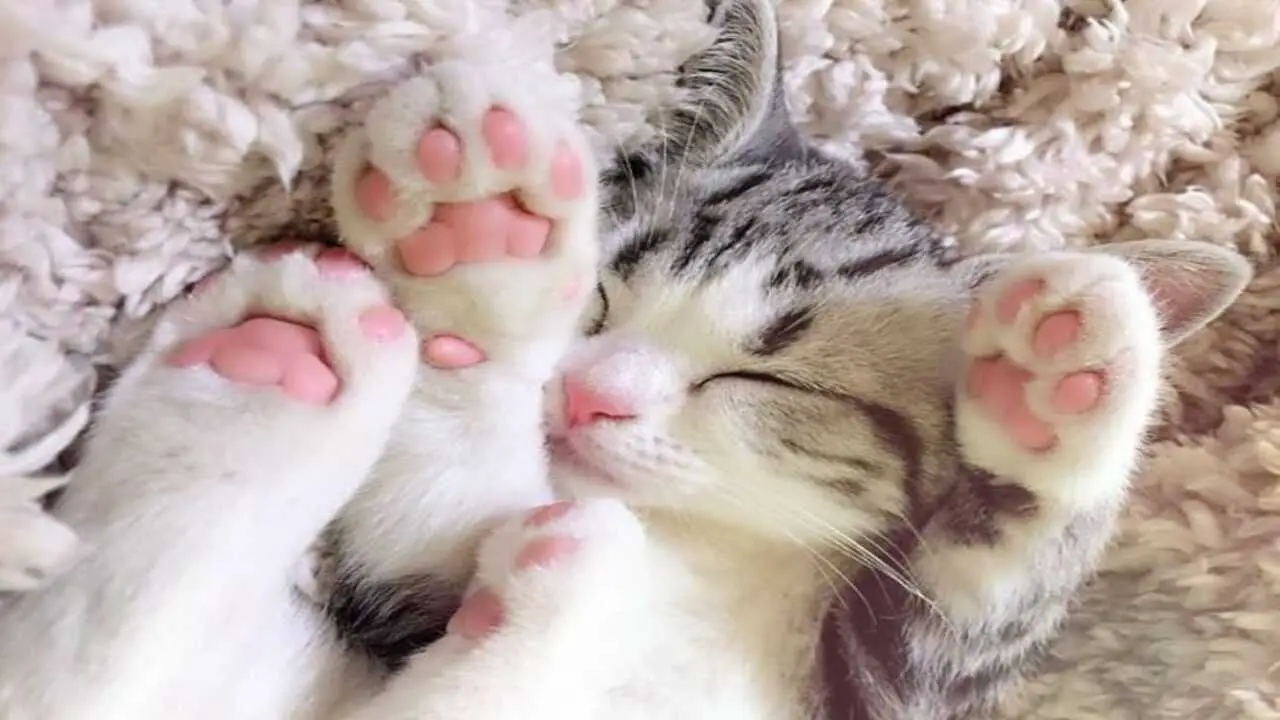
Syndactyly is a rare genetic condition in cats that results in the fusion of two or more toes. It can be bilateral or unilateral and can affect the front and/or hind paws. Although it is not a life-threatening condition, it can cause discomfort and difficulty walking, potentially leading to arthritis in later life.
Veterinarians usually diagnose syndactyly in cats through physical examination and radiography. Treatment options depend on the severity of the condition and the cat’s overall health.
It may be possible to leave the condition untreated in mild cases, while surgery may be necessary in more severe cases. Surgery involves separating the fused toes and reconstructing the paw to restore its normal function.
Doctors usually perform the procedure under general anesthesia and may require hospitalization and postoperative care. Recovery time varies depending on the extent of the surgery and the cat’s overall health. Following the veterinarian’s postoperative instructions is essential to ensure proper healing.
Living With A Syndactyly Cat: Special Care And Considerations
Living with a syndactyly cat requires special care and consideration. The cat’s toes fuse together, resulting in a paw that looks like a mitten, a condition called syndactyly. This can cause various challenges for the cat, such as difficulty walking, running, and climbing.
Therefore, providing a safe and supportive environment for the cat is important. You should ensure the cat’s living space is free of any hazards that might cause injury or discomfort, such as sharp objects or slippery surfaces. It’s also important to monitor their weight and provide a healthy diet to prevent strain on their joints.
Due to their limited ability to groom themselves, synthetic cats may require more frequent grooming to prevent matting and discomfort. You can assist by regularly brushing their fur and trimming their claws. You should also pay close attention to their behavior.
Emotional Support For Syndactyly Cat Owners
Owning a cat with syndactyly, a condition where two or more toes are fused together, can be a unique experience for pet owners. While it may not affect a cat’s physical abilities, it can sometimes lead to emotional distress for the owner.
That’s why emotional support is crucial for cat owners dealing with syndactyly. It’s important for cat owners to know that they are not alone in their experience and that others can offer support. They can also seek advice from veterinary professionals. Who can guide how to best care for their cat’s unique needs?
Additionally, joining online communities or support groups can be a great way for cat owners to connect with others in similar situations. These groups can offer a safe space for cat owners to express their concerns and share their experiences. Overall, emotional support is essential for cat owners dealing with syndactyly. It can help alleviate the stress and anxiety that can come with owning a cat with a unique condition and provide.
Coping With The Financial Burden Of Syndactyly Treatment
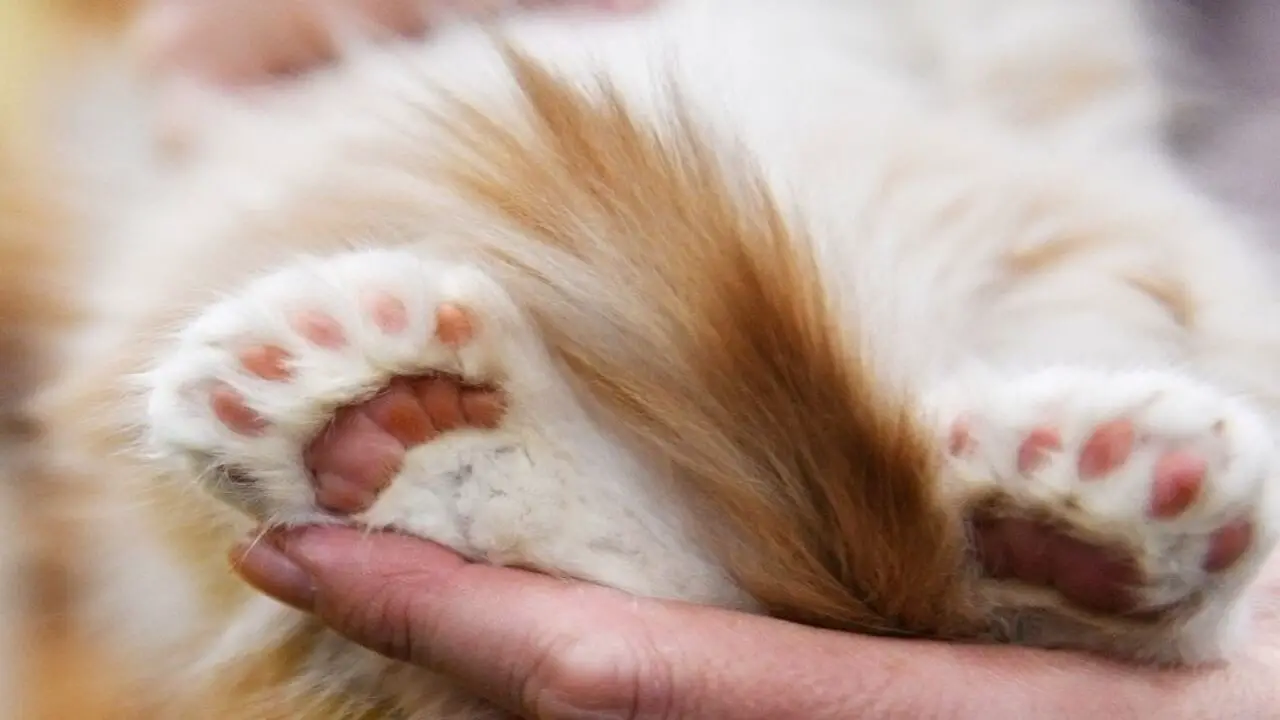
Coping with the financial burden of syndactyly treatment can be daunting for families. Congenital syndactyly fuses two or more fingers or toes together, which can result in functional and aesthetic challenges. Treatment options range from surgery to physical therapy, and costs can vary depending on the severity of the condition and the healthcare provider.
Many families can find the financial burden overwhelming, especially if insurance does not cover the treatment. Addressing this financial burden may involve finding resources such as financial aid programs or fundraising efforts. Some families may also consider seeking a second opinion or negotiating with healthcare providers to find more affordable options.
Additionally, seeking emotional support from friends, family, or support groups can be helpful in managing the stress and anxiety that can come with the financial burden of treatment. Finally, it is important to remember that the child’s well-being should always come first, and making financial sacrifices to ensure access to treatment is a necessary part of the process.
Advocating For Syndactyly Cats: Raising Awareness And Finding Support
Advocating for syndactyly cats is crucial in raising awareness and finding support for these special felines. Syndactyly is a rare genetic condition where the toes of cats are fused together, resulting in what is commonly known as “mitten paws.
” While syndactyly cats may look different from other cats, they are no less lovable and deserving of a forever home. However, many people may hesitate to adopt them due to their unique physical features. This is where advocacy comes in.
By spreading awareness about syndactyly cats and their unique needs, we can help educate potential adopters and break down misconceptions about the condition. Additionally, advocating for syndactyly cats can create support groups and resources for their care. These resources can provide guidance on proper care for their mittens, as well as connect owners with others who have experience with syndactyly cats.
Syndactyly In Other Animals: A Comparative Overview At A Glance
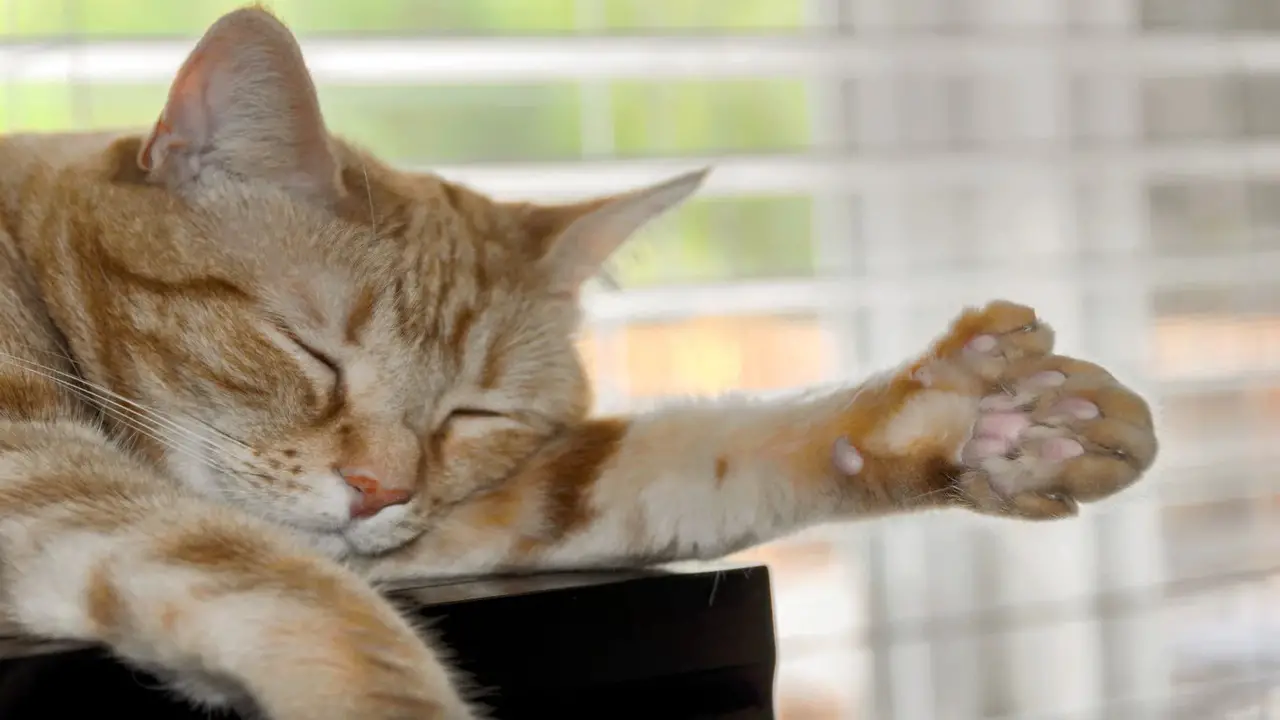
Various animals experience syndactyly, where two or more digits are fused together. A comparative overview reveals that syndactyly is present in diverse species ranging from amphibians to mammals. In amphibians, syndactyly is common in species such as frogs and salamanders.
Syndactyly is observed in geckos and chameleons. In birds, syndactyly is present in some species of owls and parrots. In mammals, syndactyly is found in primates, rodents, and even some domestic animals such as cats and dogs. However, syndactyly may have a genetic basis in some cases.
It can also be caused by environmental factors such as exposure to certain chemicals or changes in temperature during embryonic development. Syndactyly can affect an animal’s ability to move and hunt for food. In some cases, it may lead to reduced mobility and decrease.
Conclusion
Syndactyly in cats is a rare condition affecting their paws’ development. While it may cause some physical limitations, many cats with syndactyly can still live happy and healthy lives with proper care.
As with any physical abnormality, it’s important to consult a veterinarian to ensure your cat receives the appropriate treatment and support. Understanding and accommodating their unique needs can provide your syndactyly cat with a loving and fulfilling life.
FAQs
Can Surgery Correct Syndactyly?
In some cases, surgery may be able to separate the fused digits and create individual toes. However, the procedure is complex and expensive and may not be recommended unless the cat is experiencing significant difficulties due to the condition.
Can Syndactyly Affect A Cat’s Ability To Hunt Or Play?
Syndactyly, a condition where two or more toes are fused together, can affect a cat’s ability to hunt or play. This is because the fused toes may limit the cat’s ability to grasp or manipulate objects with their paws, which are important skills for hunting and playing.
Is Syndactyly Hereditary?
Genetic mutations or abnormalities often cause syndactyly which can be hereditary. It may also occur sporadically without a family history. Syndactyly believed to have a genetic component and can be passed down from parent cats to their offspring.
Can Cats With Syndactyly Still Live A Normal Life?
Yes, cats with Syndactyly (a condition where two or more toes are fused together) can still live a normal life. They may require extra care and attention, such as regular nail trimming and monitoring for any signs of discomfort or infection. Still, they can typically run, play, and engage in other normal cat activities.
Can I Do Anything To Prevent Syndactyly In My Cat?
It is recommended to consult with a licensed veterinarian to discuss any concerns about your cat’s health and potential preventative measures for Syndactyly or any other health conditions.

Aquarium passion is all about connecting with the aquatic life and providing education to the public on the importance of these creatures. We showcase a wide variety of marine life through our exhibits as well as working with schools to provide unique learning opportunities for students of all ages.

